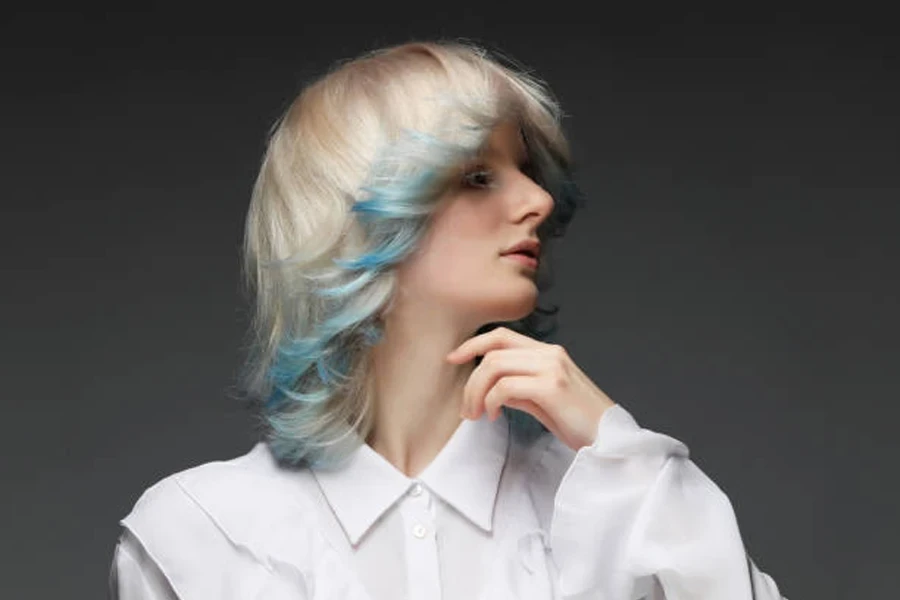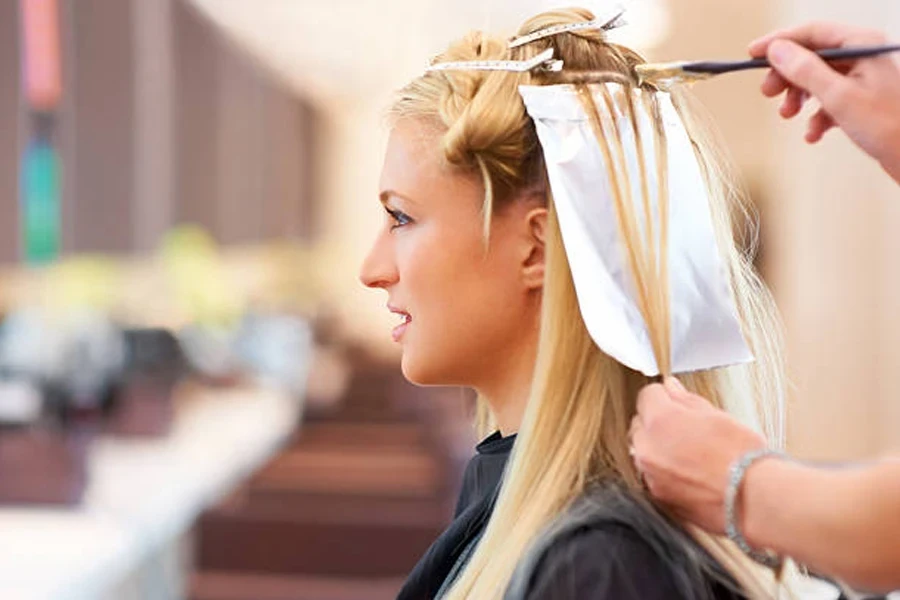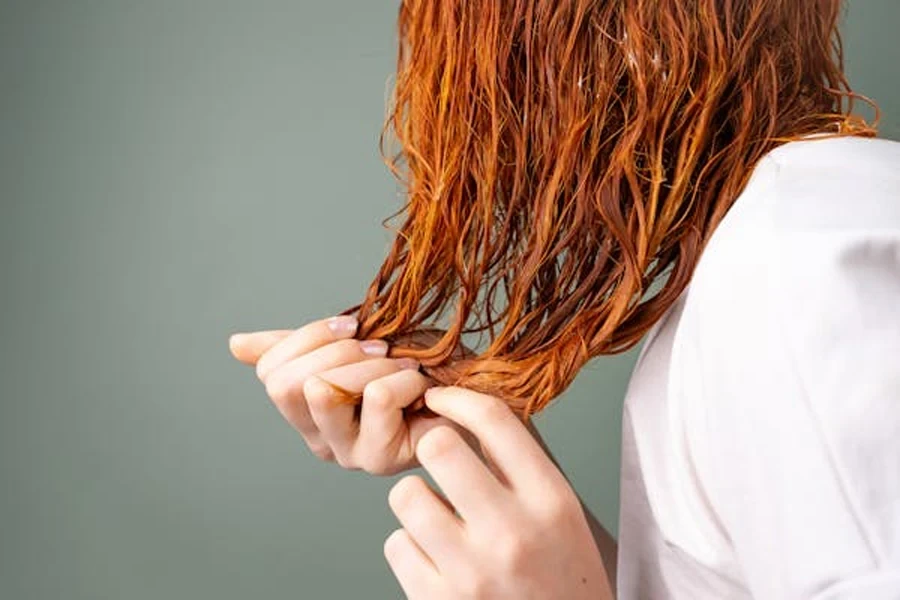Highlighting your hair is one of the most versatile ways to transform your look, but choosing between partial and full highlights can be overwhelming. With evolving techniques and technologies in 2025, understanding the differences between these options is crucial for achieving your desired results. This guide will help you navigate the decision-making process, considering factors like maintenance, cost, and personal style preferences.
Table of Contents
● The 2025 highlight revolution: New techniques unveiled
● Game-changing differences: Partial vs full highlights
● Smart choices: Finding your perfect highlight match
● Investment insights: Time and cost decoded
● Pro secrets: Keeping your highlights fresh
The 2025 highlight revolution: New techniques unveiled

Hair highlighting techniques have seen notable advancements as we move through 2025. While traditional foil patterns remain a reliable option, new methods and technologies have expanded the possibilities for creating natural-looking dimension. Modern highlighting approaches tend to focus more on personalized results, offering various techniques to achieve both subtle and dramatic effects.
Partial highlights typically involve lightening selected sections of hair, usually around the face and crown area. This technique creates subtle brightness and dimension while maintaining your natural base color. It’s particularly effective for adding a sun-kissed glow or brightening your face-framing pieces.
Full highlights, on the other hand, involve placing lighter strands throughout your entire head. This creates an all-over lighter effect and can dramatically change your look. Modern full highlighting techniques can range from subtle to bold, depending on how many strands are lightened and how light they’re taken.
Both techniques now benefit from advanced color formulations that protect hair health and provide longer-lasting results. Many salons also offer technologies like heat-controlled processing and custom toner applications to ensure precise results.
Comparing choices: Partial vs full highlights

Understanding the key differences between partial and full highlights helps you make an informed decision about which technique suits your needs best. Coverage is the most obvious distinction. Partial highlights focus on specific areas – typically the top layer of hair, around the face, and the crown. This creates a more targeted brightening effect that can enhance your natural features. Think of it as strategic placement rather than overall lightening.
Full highlights, however, are woven throughout your entire head of hair, creating a more comprehensive color transformation. This technique distributes lighter strands from root to tip and from front to back, resulting in an all-over brightened appearance.
Time commitment varies significantly between the two. Partial highlights typically take 1-2 hours, while full highlights can require 2-4 hours depending on your hair length and desired result. This time difference also reflects in the cost – partial highlights generally cost 30-40% less than full highlights.
Another crucial difference lies in the grow-out process. Partial highlights tend to grow out more naturally and require less frequent touch-ups, while full highlights might need maintenance every 6-8 weeks to maintain a polished look.
Smart choices: Finding your perfect highlight match

Selecting between partial and full highlights isn’t just about personal preference – it’s about finding what works best with your unique characteristics and lifestyle. Fine or thin hair often benefits from partial highlights, as they can create depth without overwhelming delicate strands. Strategic placement around the face can give the illusion of fuller, more voluminous hair without excessive processing.
For thick or coarse hair, either option works well. Full highlights can help break up dense hair masses and add movement, while partial highlights can create interesting dimension without the commitment of all-over lightening.
Your natural hair color also plays a crucial role. If you’re starting with dark hair and want to go lighter, partial highlights offer a gentler transition. They allow you to test how your hair responds to lightening without committing to full coverage. Those with lighter base colors might prefer full highlights for a more dramatic change.
Consider your lifestyle too. Do you have time for regular salon visits? Can you commit to specialized hair care? Partial highlights typically require less maintenance and are more forgiving as they grow out, making them ideal for busy schedules.
Investment insights: Time and cost decoded

When it comes to highlights in 2025, understanding the investment – both in time and money – helps set realistic expectations for your hair journey.
Time investment varies significantly between the two options. Partial highlights typically require a 1-2 hour salon visit, making them perfect for a lunch break refresh. Full highlights demand more patience, usually taking 2-4 hours depending on hair length and desired effects. Factor in toning, washing, and styling time for both services.
Budget-wise, partial highlights are the more economical choice. They generally range from $75-150, while full highlights can cost anywhere from $150-300. These prices reflect 2025 market rates but may vary by location and stylist expertise. Remember to factor in maintenance costs – partial highlights need touch-ups every 8-12 weeks, while full highlights typically require maintenance every 6-8 weeks.
Hidden costs include specialized shampoos, conditioners, and toning products to maintain your color. Full highlights often require more intensive care routines and color-preserving products due to the larger amount of processed hair.
Pro secrets: Keeping your highlights fresh

Maintaining your highlights in 2025 has become more straightforward thanks to advanced hair care technology, but proper care remains essential for long-lasting results.
For partial highlights, focus on protecting the lightened sections with targeted care. Use color-depositing products specifically on highlighted areas to maintain tone and brightness. A weekly hair mask on just the lightened sections can help maintain their health without weighing down the rest of your hair.
Full highlights require a more comprehensive approach. Invest in a sulfate-free shampoo system and use purple or blue toning products every few washes to prevent brassiness. The latest 2025 bond-building treatments can help maintain hair integrity between salon visits.
Heat protection is non-negotiable for both types. The newest heat protectants contain UV filters and anti-pollution shields, essential for preserving your color investment. When styling, use the lowest effective heat setting on your tools.
Conclusion
Your journey to the perfect highlights in 2025 comes down to understanding your personal style, maintenance capacity, and investment comfort level. Partial highlights offer a subtle, low-maintenance option that’s perfect for highlight newcomers or those seeking natural-looking dimension, typically requiring touch-ups every 8-12 weeks. Full highlights deliver a more dramatic transformation for those ready to embrace a comprehensive color change, with maintenance needed every 6-8 weeks. Whichever path you choose, modern highlighting techniques and advanced hair care products make it easier than ever to maintain healthy, vibrant hair. Consider starting with partial highlights if you’re new to hair coloring – you can always transition to full highlights as your comfort and confidence grow. Book a consultation with a professional stylist to create your personalized highlighting strategy and achieve your dream look.




